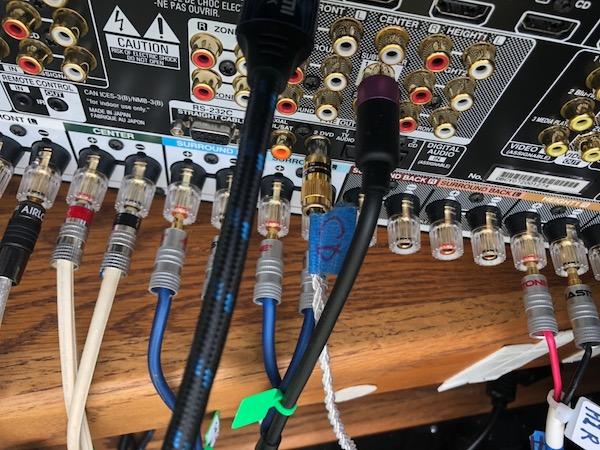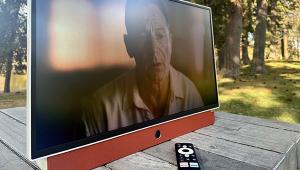I have never seen any type of objective measure of expensive cables to justify their worth. If you really want to sell me on your expensive cables, show me something like oscilloscope data that shows the signal characteristics of your cables being significantly better than "Brand X" cables. I've never seen anything like that.
I have a feeling that this doesn't happen for two reasons. First, very likely, the claims of better sound are bullsh!t. There is no objective benefit to show so they don't even attempt to do so. Second, for the people that can afford to buy these cables, the cost is a feature rather than a bug. These buyers WANT to spend the ridiculous money on the cables in order to brag to their friends about how much money it cost.

































































